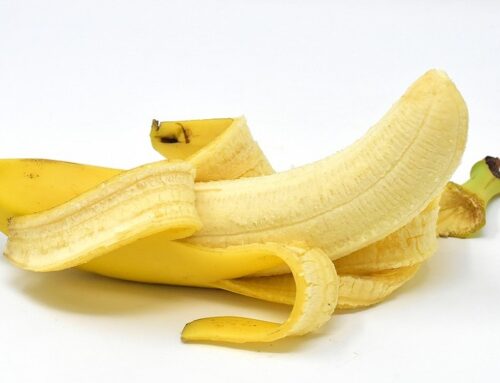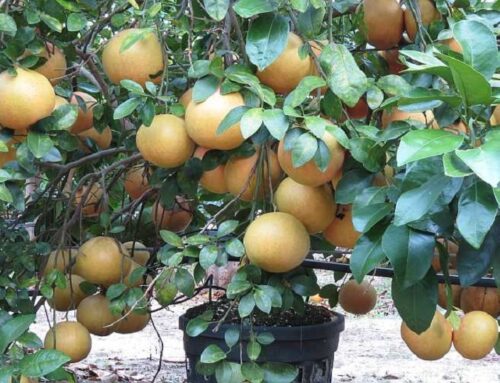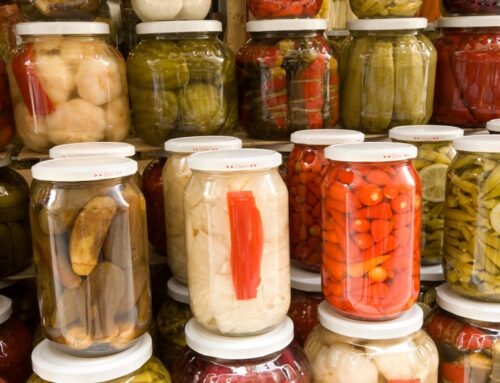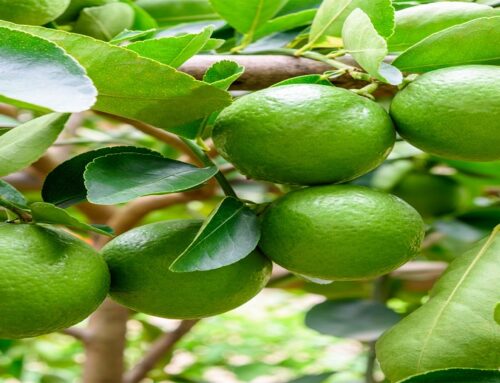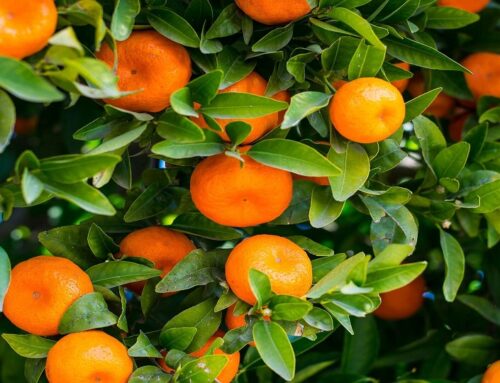A detailed account of various growing requirements for mulberry plants is given below:
Climate: Mulberry plants can be grown up to 800 meter MSL (mean sea level). Ideal temperature for its healthy growth is 24 to 28 Degree Celsius. Plenty of sunlight (up to 12 hours a day) is beneficial for mulberry growth. The plant can withstand drought and frost considerably well.
Soil: Slightly acidic, deep, fertile and well-drained clayey loam soils with an optimum pH range 6.5 to 6.8 are the most ideal soils for mulberry cultivation. Soil should be porous with good moisture holding capacity.
Propagation: Propagation is mainly through stem cuttings. Shield budding, ring budding or flute budding may also be practiced for propagation. Inarching is also common in mulberry. Seed propagation is also possible.
Raising Mulberry Planting Materials from Stem Cuttings: Hardwood or semi-hardwood cuttings of 15 to 30 cm length and 10-12 mm diameter, having at least 3 to 5 buds and a slanting cut of 45 degrees at the bottom are used for propagation. Cuttings are prepared from mature, healthy, disease-free and pest-free plant s of at least one year old. Currently a power-operated mulberry stem cutting machine is available in the market for easy propagation of mulberry plants.
Nursery Bed Preparation: Choose a convenient location near main planting field for making nursery beds. Apply Farm Yard Manure (FYM) @ 20 t/ha and mix well with the soil to increase sol fertility. Prepare nursery beds of 4m x 1.5m size. Provide adequate drainage and adequate sunlight for the nursery beds. By all means, avoid shady locations.
Preparation of Cuttings before Planting: Cuttings may be treated with any of the plant growth regulators to induce early rooting. According to Tamil Nadu Agricultural University, keeping the bottom end of the cuttings for 30 minutes in a solution prepared by mixing 1 kg Azospirillum culture in 40 L water induces early rooting.
Planting in Nursery Beds: Cuttings are planted in a well-prepared nursery bed in slanting position and up to 15 cm apart from each other. While planting, make sure that at least one active bud is exposed in each cutting. Irrigate the nursery beds twice a week. Best time for planting cuttings in nursery beds in India: December to January. Cuttings become ready for planting in the main field within 3 to 4 months. Transplanting may be done with the onset of monsoon.
Raising Mulberry Planting Materials through Budding: Mature, healthy, disease-free and pest-free mother stems are chosen for budding process. Budding process may be done in the month of March – April. Buds begin to appear within one or two months of budding process (i.e. May – June).
Planting of Mulberry: In pit system, planting is done in pits of size 45 x 45 x 45 cm. Planting may be done in ridges and furrows (row system) also. Plant to plant distance of 6-7.5 meters should be maintained. Watering is done after planting.
Pruning: Pruning is an important practice in mulberry-growing for better fruit and foliage production. All lateral shoots up to a height of about one meter from ground are removed through pruning. Pruning is normally done after leaf fall. Plants for silk worm farming should be given a severe pruning from nearer ground surface to encourage more foliage production
Pruning Method: Mainly there are three types of pruning systems: bottom pruning, middle pruning, and kolar system of pruning. A brief account of these pruning methods is given below:
Bottom pruning: Plants are annually pruned at ground/bottom level leaving 10-15 cm stump above the ground
Middle pruning: Plant branches are initially pruned at 40-60 cm above the ground level. After bottom pruning, subsequent pruning is done at middle levels i.e. at 45-50 cm height
Kolar or Strip system: This is a severe pruning practice and is practised in dense mulberry plantations. Plant branches are pruned at ground level 5 times a year. After strip system of pruning, plant requires heavy fertilization and irrigation
Fertilizer Application: Determine fertilizer requirement after a soil analysis. Rainfed crop to be fertilized coinciding with the rains. First dose of fertilizers should be given within three months of planting. Using straight fertilizers will reduce cost. After each harvest of leaves and fruits and pruning, fertilizer application may be done. Micronutrients may also be required by the plants. Apply them according to the deficiency symptoms noticed in the plants.
Irrigation: Both traditional irrigational methods and drip irrigation may be practiced for irrigating mulberry plantations.
Ridges and furrows method: This is a traditional method of irrigation and also an efficient method of irrigation.
Drip Irrigation: Initial installation costs are high in drip irrigation method. However, it is highly efficient and precise way of irrigating the crops. Drip irrigation is most suitable for undulating terrains.
Fertigation: Fertilisers may also be applied through irrigational water. The practice is called fertigation.
Disease Pest Management: Mulberry plants are highly resistant to pest and disease attack.
Harvesting Leaves: Leaves are harvested if plants are grown for sericulture/silkworm farming purposes. Leaves should be harvested during morning hours. On an average 3000 to 6000 kg leaves may be harvested in 6-7 harvests from one hectare area during March to May. There are three methods of harvesting of mulberry leaves:
Leaf picking: It starts 10 weeks after bottom pruning and subsequent pickings are done at an interval of 7 – 8 weeks
Branch cutting: Entire branches are harvested
Whole shoot harvest: Shoots are harvested after bottom pruning at an interval of 10-12 weeks and 5 to 6 harvests are made annually
Harvested leaves are stored in wet gunny bags in order to preserve its freshness and moisture content.
Harvesting Fruits: For edible purposes, ripe mature fruits are harvested. Flowering takes place in February and March and fruits are ready for harvest by June. Fruits are generally harvested by hand picking and fruit yield from a single tree may be 10-20 kg per harvest.
Check out our publishing services here…
We publish top quality videos on various ‘Food & Agriculture’ topics. You may subscribe our video channel here…


